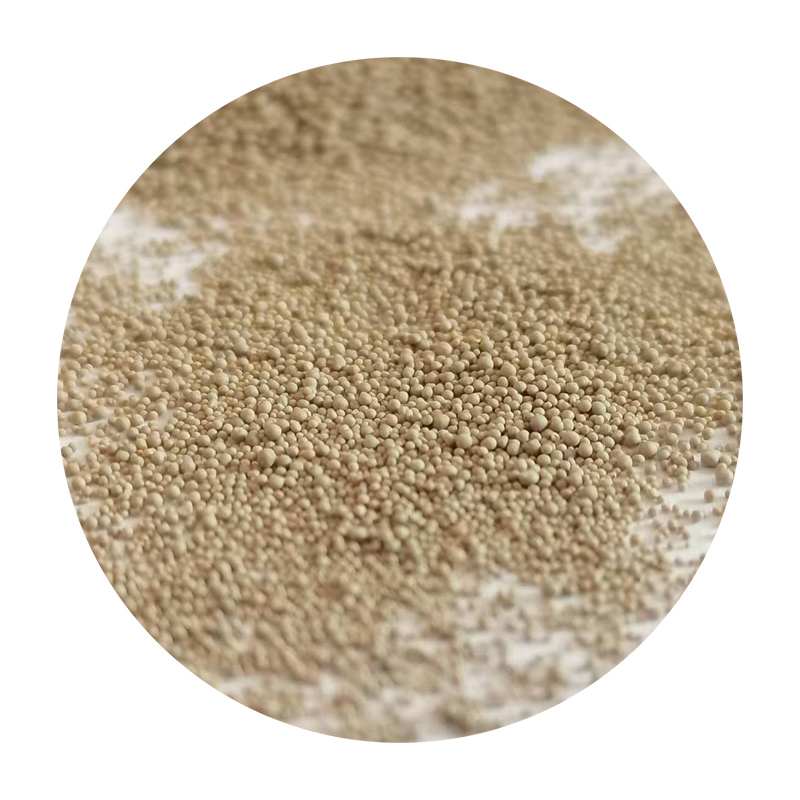Wet Sanding Ceramics A Comprehensive Guide
Wet sanding ceramics is a technique that artisans and hobbyists use to achieve smooth and polished surfaces on various ceramic pieces. This method involves using abrasive materials in conjunction with water to reduce dust and improve the finish quality. Whether you are working on pottery, tiles, or other ceramic items, wet sanding can significantly enhance the overall appearance and integrity of your projects.
Wet Sanding Ceramics A Comprehensive Guide
To begin the wet sanding process, gather your materials. You will need sandpaper specifically designed for wet sanding, which is typically made with waterproof backing. Grit sizes vary, so it’s prudent to start with a coarser grit (around 400) for initial sanding and gradually progress to finer grits (up to 2000 or more) for a polished finish. Also, keep a container of water nearby to dip your sandpaper and rinse your work periodically.
wet sanding ceramics

Start by wetting the surface of the ceramic piece and the sandpaper. This moist environment helps the sandpaper glide smoothly over the surface, preventing scratches and providing a more uniform finish. Use light and even pressure as you sand, moving in a circular or back-and-forth motion. Don’t rush the process; take your time to ensure that you are not missing any spots.
After sanding with the coarser grit, rinse the item and examine the surface. If there are still imperfections, repeat the process with the next finer grit. Continue this process until you achieve the desired level of smoothness and shine.
In conclusion, wet sanding ceramics is an invaluable technique for anyone looking to enhance the aesthetic and tactile qualities of their work. With the right tools and careful attention to technique, you can achieve stunning results that will elevate your ceramic pieces to new heights. So, embrace the process, and enjoy the art of wet sanding!
Post time:Septemba . 22, 2024 22:26
Next:metal casting sand
